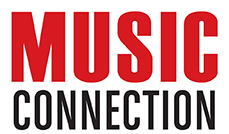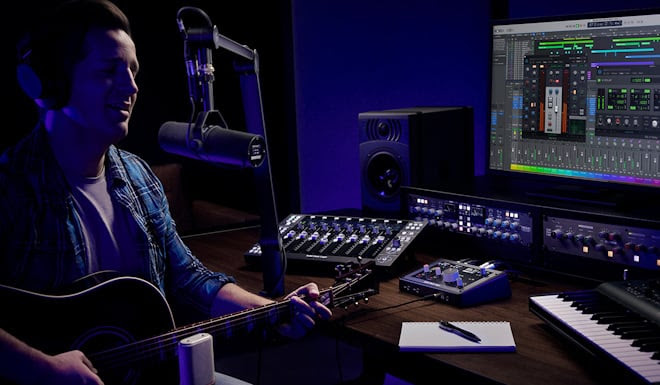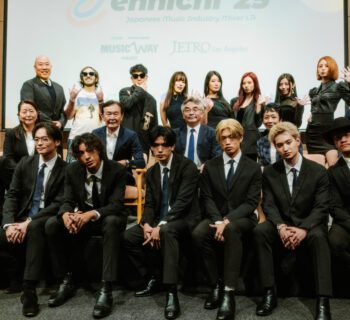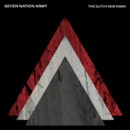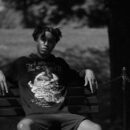By Jonathan Widran and Jessica Taylor
Captivating the Hollywood Bowl audience like a gift from the heavens in the midst of a challenging year for Los Angeles, The L.A. Philharmonic’s opening night presentation of Rachmaninoff’s Rhapsody on a Theme of Paganini, Op. 43 and Prokofiev’s Fifth offered a grand escape from the stress of everyday life into a realm of surreal musical beauty and the perfect way to unwind. On this balmy moonlit evening, we were graced with the introduction of two distinguished classical artists that took the performance of Prokofiev and Rachmaninoff – as well as the introductory piece, Samuel Coleridge-Taylor’s “Ballade in A Minor” – to transcendent levels.
The performance marked the dramatic, impassioned Hollywood Bowl debut of Danish conductor Thomas Søndergård, the Music Director of the Minnesota Orchestra and the Royal Scottish National Orchestra. It was highlighted by the mesmerizing performance of piano soloist Kirill Gerstein, a German-based Russian-American artist and professor of piano whose accolades include being the sixth recipient of the prestigious Gilmore Artist Award, an Artist-in-Residence with the Bavarian Symphony Orchestra and Spotlight Artist with the London Symphony Orchestra.
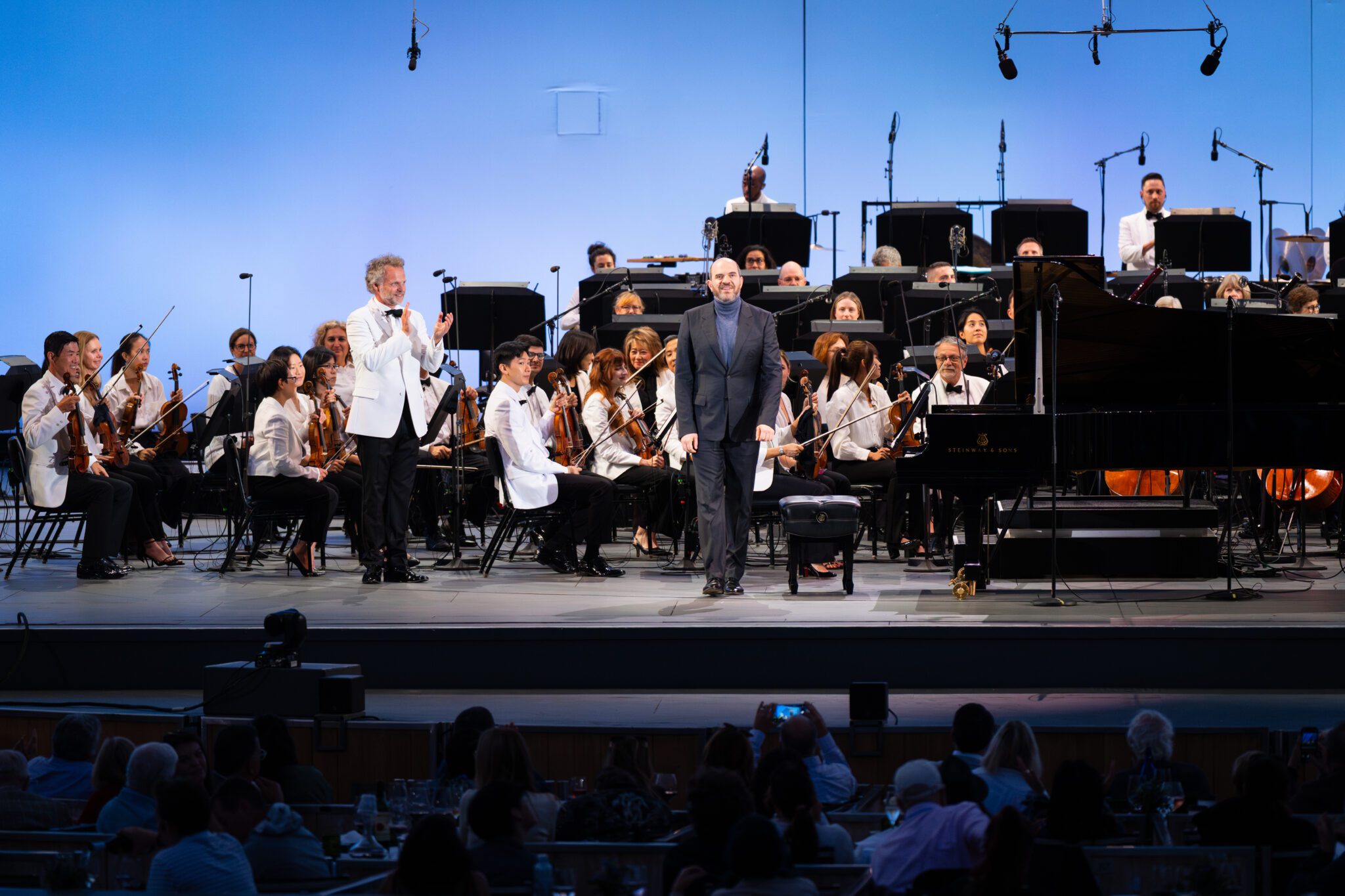
While it’s always inspiring to hear the L.A. Philharmonic Orchestra fill the air with the symphonic genius of the masters, the true magic happens - and the more intimate and meaningful connections with the audience are made - when a gifted soloist takes center stage and creates connective, soul-stirring moments with the audience. That happened when Gerstein brought his rich artistry and effortless elegance and virtuosity to the 24 variations of Rhapsody on a Theme of Paganini, Op. 43, Rachmaninoff’s signature concertante single movement piano and orchestra work.
Depending on rhythmic aesthetic of the particular variation, the pianist met each moment with superhuman precision. He created elegance on the subtle adagio moments and intensity on the fast-paced allegro movements, with fingers flying across the keys like a hummingbird in flight. The close ups on the video screen of his crisscrossing hands were truly amazing, and at certain points the audience could spot the reflection of several string players shining off the Steinway & Sons logo above the ivories, creating a symbiotic connection with the orchestra.
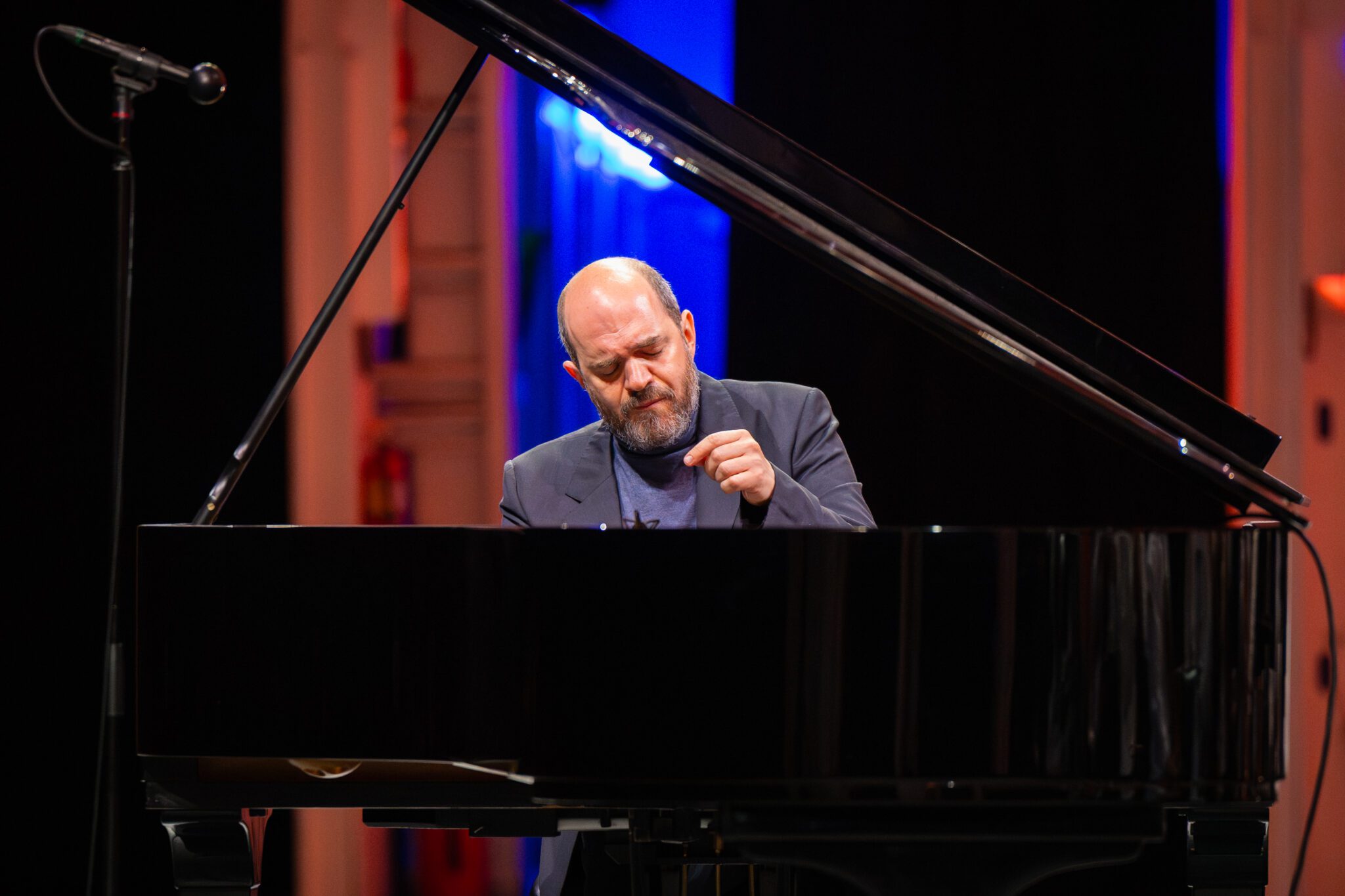
The Rhapsody builds breathless anticipation for the lovely, lilting grandeur of the 18th variation, the most familiar segment, based on an inversion of the melody of Paganini’s theme, which became more beloved when it was included on the soundtrack of the film Somewhere in Time. The video screen superimposed Gerstein’s hands over an image of the orchestra as he played the variation’s gentle, gorgeous opening notes. The moment the full orchestra swept in with that familiar section felt like the music we would hear when on opening day in heaven when God receives our souls. The grand duality of Gerstein’s powerful chords and the swelling strings, brass, percussion and woodwinds stay with you long after the piece has moved on to the six variations in its third section. At the piece came to a finale, the audience clearly refused to let go, giving him such a heartfelt standing ovation that he came out three times to take a bow.
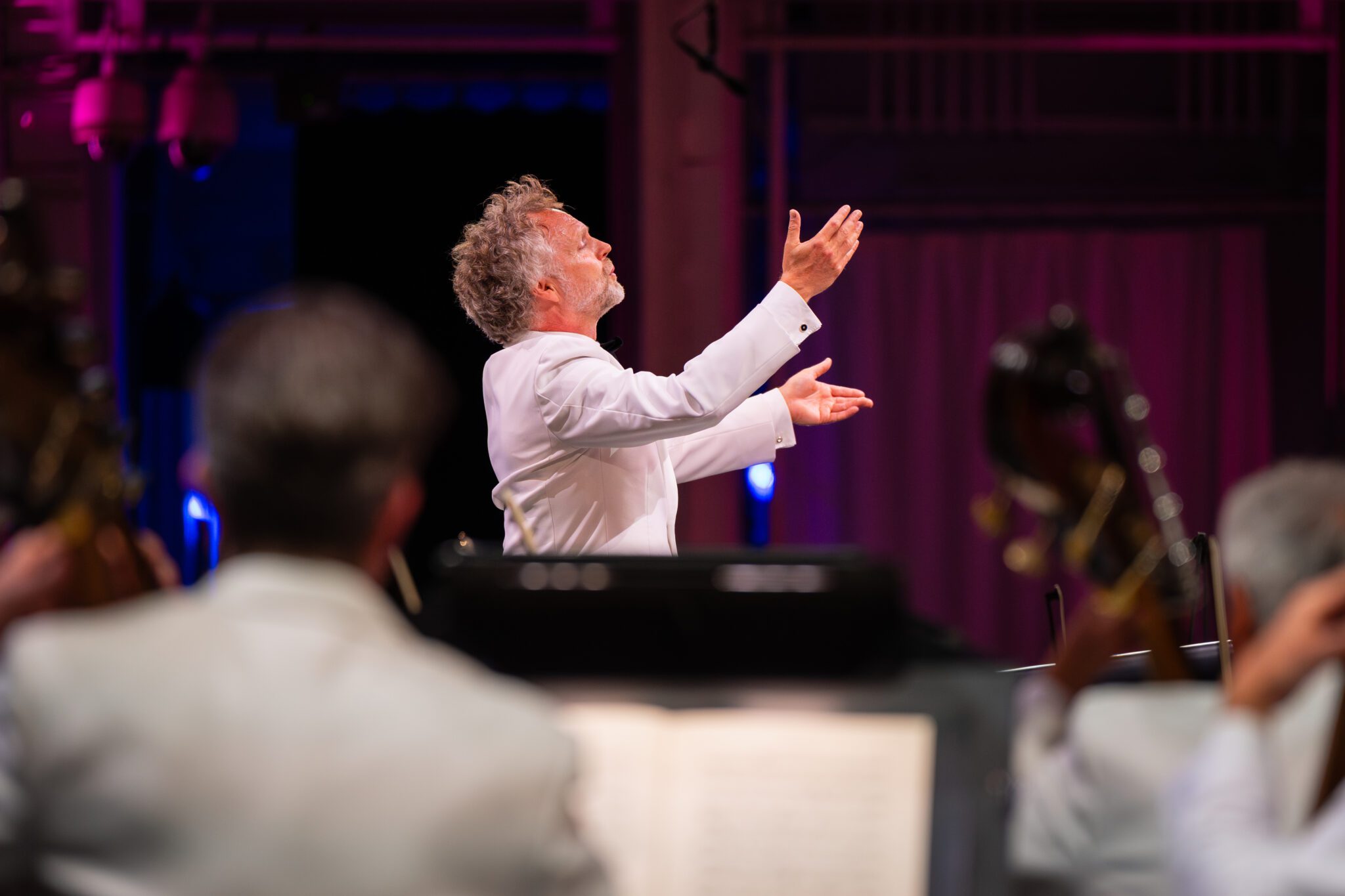
The LA Phil advertised Prokofiev’s four-movement Symphony No. 5 in B-flat major, Op. 100, presented as the entire second half of the show, as the marquee performance of their opening classical program. First performed at the Moscow Conservatory in January 1945 only days after news of the Soviet army’s victory over the Germans at the Vistula River, it’s a uniquely fascinating work, rich in historical context, with a compelling narrative whose movements are purposefully slow (Andante), fast (Allegro marcato), slow (Adagio), fast (Allegro giocoso). The LA Phil truly brought Provofiev’s vision and intent to life. “The Fifth Symphony is the culmination of an entire period of my work,” he said. “I conceived of it as a symphony on the greatness of the human soul. . .a hymn to free and happy Man, to his mighty powers, his pure and noble spirit. . . It was born in me and clamoured for expression. The music matured within me. It filled my soul.”
Contrary to the opinion of a local newspaper that found the night “somber,” we found both the music and the evening to be delightful and uplifting – filling us with the kind of joy, hope and inspiration L.A. surely needed, and can only find on a summer night at the Hollywood Bowl.
